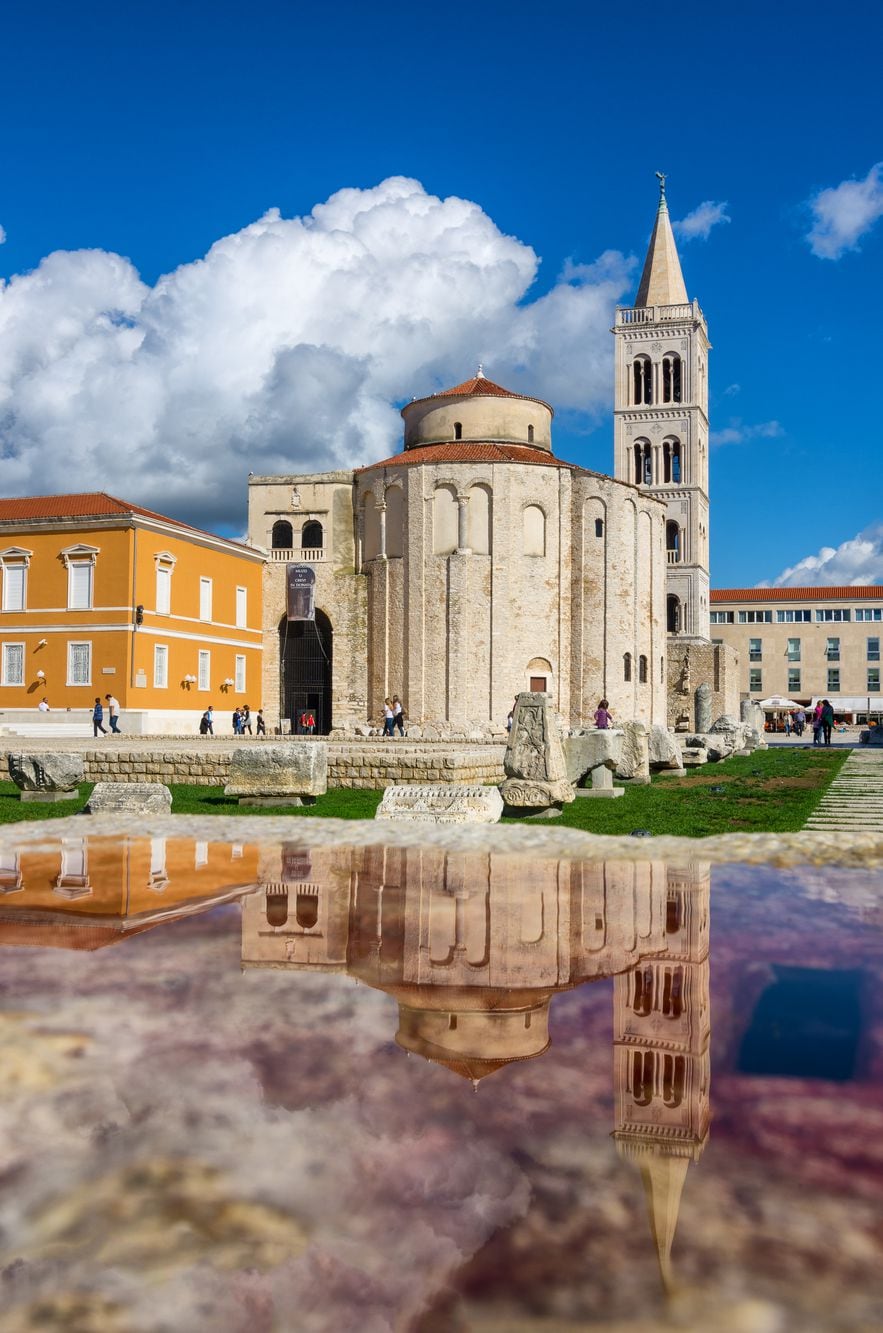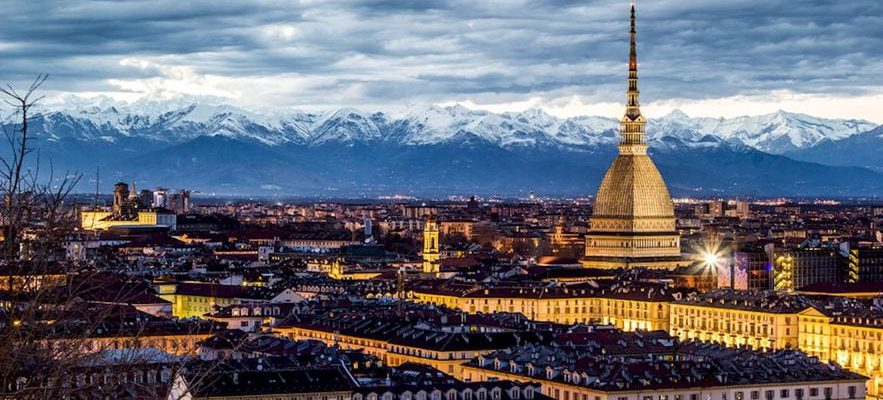Today, you will never travel like before. This could be an advertising slogan post Covid-19 pandemic. The French have regained their taste for traveling but are looking to escape differently. No more trips that are too far away and too traditional, make way for destinations that are less frequented, rarer and therefore also less expensive.
Our advice for discovering southern Europe differently, from Spain to Italy, via Croatia.
Spain: the charm of the Catalans Girona and Tarragona
When one exhorts its spirit of independence – Girona is the birthplace of the exiled politician Carlès Puigdemont – the other celebrates its Castells, spectacular human pyramids, classified as intangible cultural heritage by Unesco. What do they have in common? A Roman past, crazy charm and a hell of a dose of Catalanism! This identity claim with a good sense of solidarity is at the heart of a well-established current of thought that dates back to the 19th century. Balance is a question in Girona in the construction of this double fortified enclosure. One Roman and the other erected between the end of the Middle Ages and the modern era. Inside sit in majesty a Roman-Gothic cathedral, the Basilica of Sant Feliu, an ancient Benedictine monastery, Arab baths and one of the best preserved Jewish quarters in the world. To connect them, an accumulation of winding streets gravitates around porticoed squares and enclosed gardens. An impression of tranquility emanates from the top of these protective walls.
The configuration of the place remains conducive to the religious processions that Catalonia loves. For an autonomous community far from being Catholic, the Gregorian calendar tirelessly sets the pace for the year! On Saint-Jordi’s Day, April 23, the city turns red and the alleys come alive to the sound of the sardana, the popular Catalan dance par excellence. Tradition invites men to offer roses to women who, in return, give them books. During Easter week, Roman soldiers parade in turn. On Saint Narcissus, October 29, the streets are covered with flowers before passing the baton to the three wise men, emblematic religious figures, replaced today by the Roca brothers, new kings of gastronomy in Girona. Crowned with a shower of stars, the former family restaurant “El Celler de Can Roca” has acquired a reputation all over the world.
More information on the website of the Girona tourist office.
There is also talk of Roman fortifications in Tarragona. Of the three and a half kilometers of ramparts, only one remains, with a path punctuated by three stone towers. An original way to discover the city, its counter-wall and its gardens before reaching the amphitheater. Symbol of ancient Tarraco, the latter overlooks the Mediterranean and offers a grandiose space (14,000 places) to this city neglected by tourist circuits. Even the PortAventura amusement park, located 13 kilometers away, seems better known by visitors to the region! A shame when we know that Tarragona, classified by UNESCO for its Roman heritage, was also a major ecclesiastical enclave in the Middle Ages. There are still churches, a hospital, the Praetorium tower and the unfinished Santa Maria Cathedral, flanked by its elegant rectangular cloister. One of the best examples of Romanesque art in Catalonia. Even Gaudí has been there! In the sanctuary of Notre-Dame du Sacré-Cœur, the architect created part of the altar. He was only an architecture student at the time and his style, full of organic lines, tinged with mysticism, was already coming to light. In the Part Alta district, the historic center of Tarragona, the yellow and red flags, the colors of Catalonia, flutter from the windows. On the Place del Fòrum, at the time of vermouth, a cooked wine produced in the nearby town of Reus, political conversations in Catalan are going well… The tour of tapas bars in the shade of the cypresses has started.
More information on the Tarragona tourist office website.
View of the dome of the Mole Antonelliana which houses the cinema museum, in Turin.
© / SDP
Italy: going against the tide of styles, Turin is worth the detour
In turn capital of Savoy (1563), then of the Kingdom of Sardinia (1713) and first capital of Italy (1861), Turin appears like a tiramisu of styles! The city alone spans three centuries of art marked by prestigious patrons. In 1824, Charles-Félix de Savoie created the first museum exclusively devoted to Egyptian antiquities. An exceptional collection of nearly 40,000 works, full of charm and nestled in an old college but which cannot overshadow those of Cairo.
The first city of cinema before Rome, it was here that the Lumière brothers organized their first screening in Italy in 1896. As a tribute, the Muzeo Nazionale del Cinema has taken up residence in the Mole Antonelliana. Traveling on the banks of the Po to the south and the mountains to the north, the elegant Piedmont is distinguished by its capricious climate and its misty mornings. Large galleries were designed to protect against bad weather and heat waves, offering passers-by a real open-air museum. From the Umberto shopping gallery with its cruciform plan, through the Reale, Chiablese, Venaria Reale palaces and the string of royal residences nicknamed the “crown of delights”, there is no shortage of visits.
The hardest ? Choose your side! More Piedmontese Baroque? Head to the chapel of the Holy Shroud, a masterpiece by Camillo Guarino Guarini, unless you prefer the basilica of Superga, located at the top of a hill, where the kings of Savoy are buried. Tempted by the Liberty style? Head to the San Salvario district to admire the Art Nouveau villas and the famous Granada Gate. The most unusual of the sites remains the one nestled in the Valentino park built for the Universal Exhibition of 1884. Borgo, a neo-medieval village dominated by the Rocca fortified castle, is closed until 2025. Its discovery on the opposite bank of the Po n takes nothing away from its charm. It’s time to stop at one of the oldest cafes in town and order a bicerinhot chocolate with coffee and whipped cream, served since 1763 at coffee eponym “Al Bicerin”. Frequented by the political class and the Turin intelligentsia, the cafés display their history with frescoes, golden ceilings, red benches and Art Deco motifs. Baratti & Milano, San Carlo, Mulassano, Torino, so many names that sound like a call toespresso in the morning.
More information on the website of the Turin tourist office.

Forum Square, in Zadar, and its Byzantine church of Saint Donat.
© / Ivan Čorić/CNTB
Croatia: Zadar, the jewel of Dalmatia with a rich artistic heritage
On the banks of the Adriatic, a vintage air hangs over Larga Street in the center of Zadar. Every Saturday, photographers immortalize the extravagant outfits of its inhabitants. The photos are published in the local newspaper and on social networks for comment. Nothing, not even the presence of tourists attracted by the sea organ – 35 pipes arranged in the main square located on the seafront which sound with the slightest wave – could change its habits. Once the sun sets, a large photovoltaic disk “salvation of the sun” signed by the artist Nikola Bašić takes over and transforms into a giant kaleidoscope. In the old town protected by its UNESCO-listed Venetian ramparts, the narrow streets paved with white stones feature Roman remains, the medieval cathedral, Renaissance palaces and Baroque churches. A setting that is enough to turn heads, except those of the Dalmatians! On Forum Square, facing a curious Byzantine church, children play while their parents order a macchiato, a nutty coffee. A ritual that the Zadarois love.
More information on the website of the Zadar tourist office.
